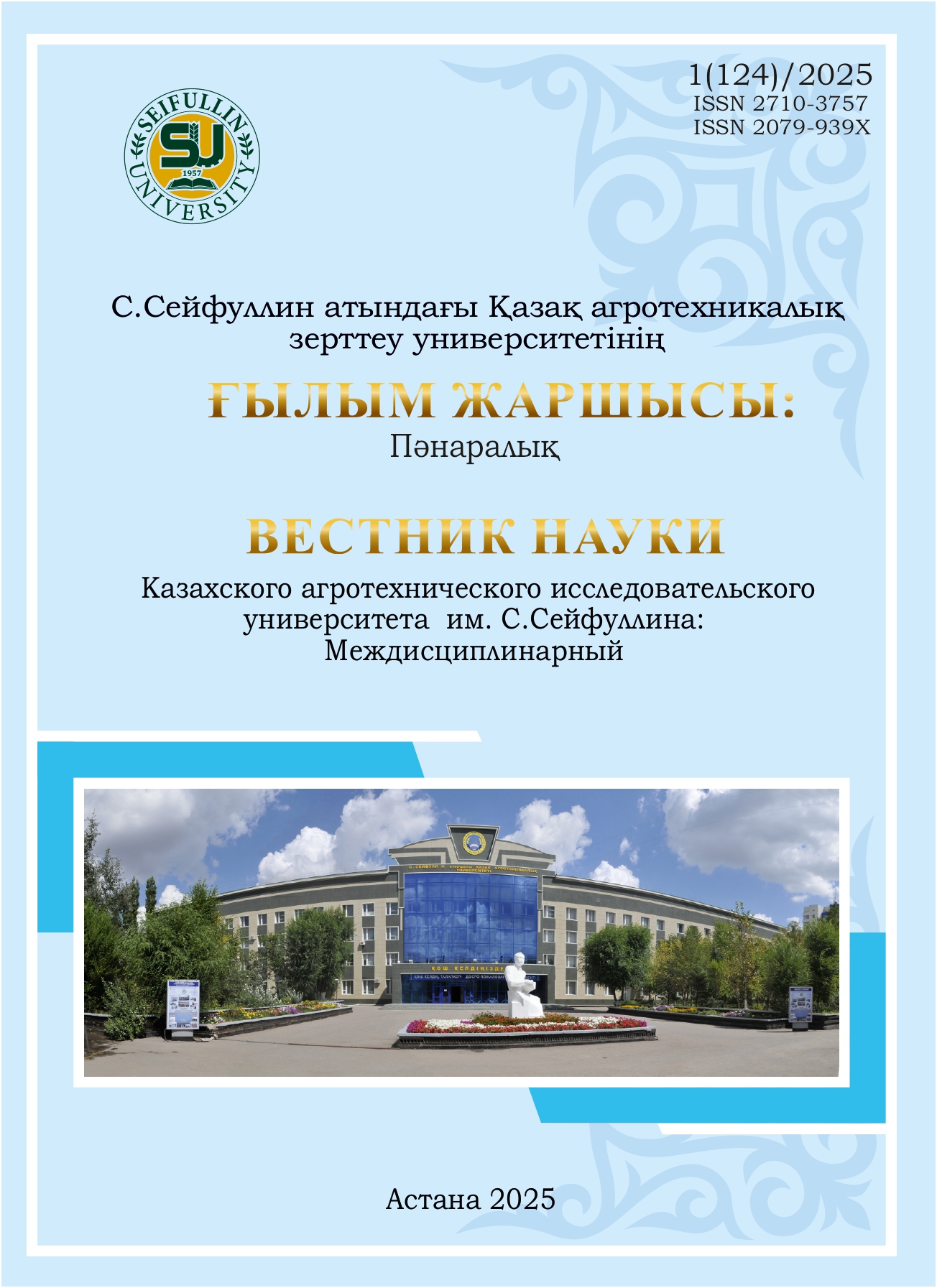The effect of artificial feed components on the development and reproductive performance of Phytoseiulus persimilis and Amblyseius swirskii
DOI:
https://doi.org/10.51452/kazatu.2025.1(124).1847Keywords:
Tetranychus urticae; Carpoglyphus lactis; Amblyseius swirskii; Phytoseiulus persimilis; artificial nutrient medium.Abstract
Background and Aim. In modern conditions, plant protection in controlled environments increasingly relies on biological methods, among which predatory phytoseiid mites occupy a key place due to their ability to effectively control pest populations. However, the traditional breeding of phytoseiids on plant material infested with phytophagous mites presents several challenges including a need for large areas, the difficulty of collecting acariphages, and the variability of results for different mite species. In addition, there are health risks to workers associated with allergens and microorganisms originating in the substrate of the feed material. The aim of our research was to develop an artificial feeding medium for predatory mites of phytoseiids (Phytoseiulus persimilis and Amblyseius swirskii) for mass production, and to introduce predatory mites against pests of greenhouse crops for organic production.
Materials and Methods. Standard entomological and plant protection methods were used in this study.
Results. Four types of artificial diet desighned for predatory mites of the genus Amblyseius were tested in the experiments. T. urticae was used as a control diet for Ph. persimilis, for A. Swirskii - C. lactis.The effects of different diets on the development and reproduction of predatory mites were evaluated based on the collected data. Parameters such as predation rate and egg-laying capacity were recorded daily over five days, while longevity was assessed throughout the entire ontogenetic period of the predators. As a result, the following data were obtainеd: one female Ph. persimilis laid an average of 1 days’ worth of 1.6 eggs when feeding on D3 diet, 2.6 eggs when feeding on D3 D2 and D4, 3.3 and 3.6 eggs, respectively: For A. swirskii: the three-day egg deposition rates were as follows: 0.3 eggs on diet D3 (the lowest rate), 1.6 eggs on diet D1, and 2.0 and 2.3 eggs on diets D2 and D4, respectively, compared to 2.6 eggs in the control group. Regarding voracity, Ph. persimilis nymphs consumed the following numbers of prey per day: 22 in the control group, 15.0 on diet D4, 15.3 on diet D2, 12.0 on diet D1, and 10.6 on diet D3. A. swirskii nymphs consumed 19 prey in the control group, 13.5 on diet D4, 12.0 on diet D2, and 8.0 on diet D1. The life expectancy of predatory mites kept on different nutrient media varied from 10 to 22 days.
Conclusion. The selection of diets showed that diet D4 was the most effective but also the least economical. Diet D2, which was enriched with wax moth haemolymph, showed an optimal balance between efficacy and cost, making it the most suitable option for mass production.

